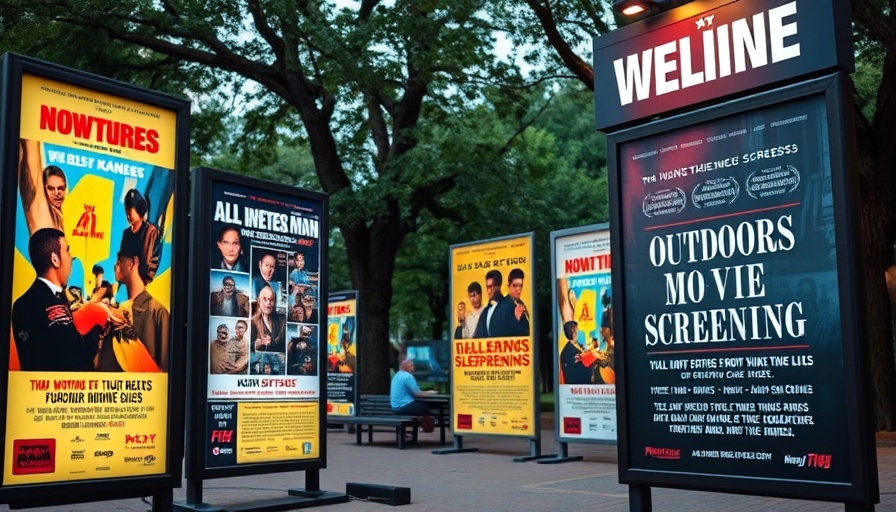
The Evolution of Café Wha? Through the Decades
Nestled in New York's Greenwich Village, Café Wha? has been a cornerstone of the city's vibrant cultural landscape since its inception in 1959. This celebrated music venue and restaurant, famed for its eclectic atmosphere, has hosted a diverse array of modern music genres that continue to draw locals and tourists alike. While it started as a modest establishment, it has transformed into a stage for countless legendary artists, including Jimi Hendrix and Bob Dylan, reshaping the narrative of popular music in America.
The Cultural Significance of Café Wha?
Café Wha? is more than just a restaurant; it's a reflection of the social and artistic movements that have shaped youth culture in the 20th century. The café served as a meeting point for aspiring musicians and artists, fostering an environment ripe for collaboration and creativity. This blend of music, art, and community has contributed to a rich historical tapestry that speaks to the heart of New York City's dynamic identity.
Legacy and Modern Influence
As we look to the future, Café Wha? remains not only a venue for performance but also an institution that embodies resilience in the face of change. The café has adapted over the years to maintain its relevance, continually attracting a new generation of music lovers. Its ambiance, characterized by impassioned performances and lively discussions, ensures that it will continue to be a vital part of New York's cultural narrative.
Why Café Wha? Matters Today
Understanding the legacy of Café Wha? provides valuable insights into the evolution of music and culture in urban environments—a reminder of the importance of communal spaces in fostering human connection. The café's unyielding spirit serves as a template for future generations seeking to create safe havens for artistic expression and cultural exchange. By cherishing spaces like Café Wha?, we preserve the vibrancy of our cultural fabric, paving the way for future innovation.
Exploring Café Wha?: A Call to Action
If you find yourself in New York, make it a priority to visit Café Wha? and experience the dynamic energy that has captivated audiences for over half a century. Participate in a lively jam session, or simply soak in the unparalleled atmosphere that reflects the city's history while contributing to its future. Engage with the legacy of this iconic venue, and be part of a story that continues to evolve.
 Add Row
Add Row  Add Element
Add Element 



Write A Comment